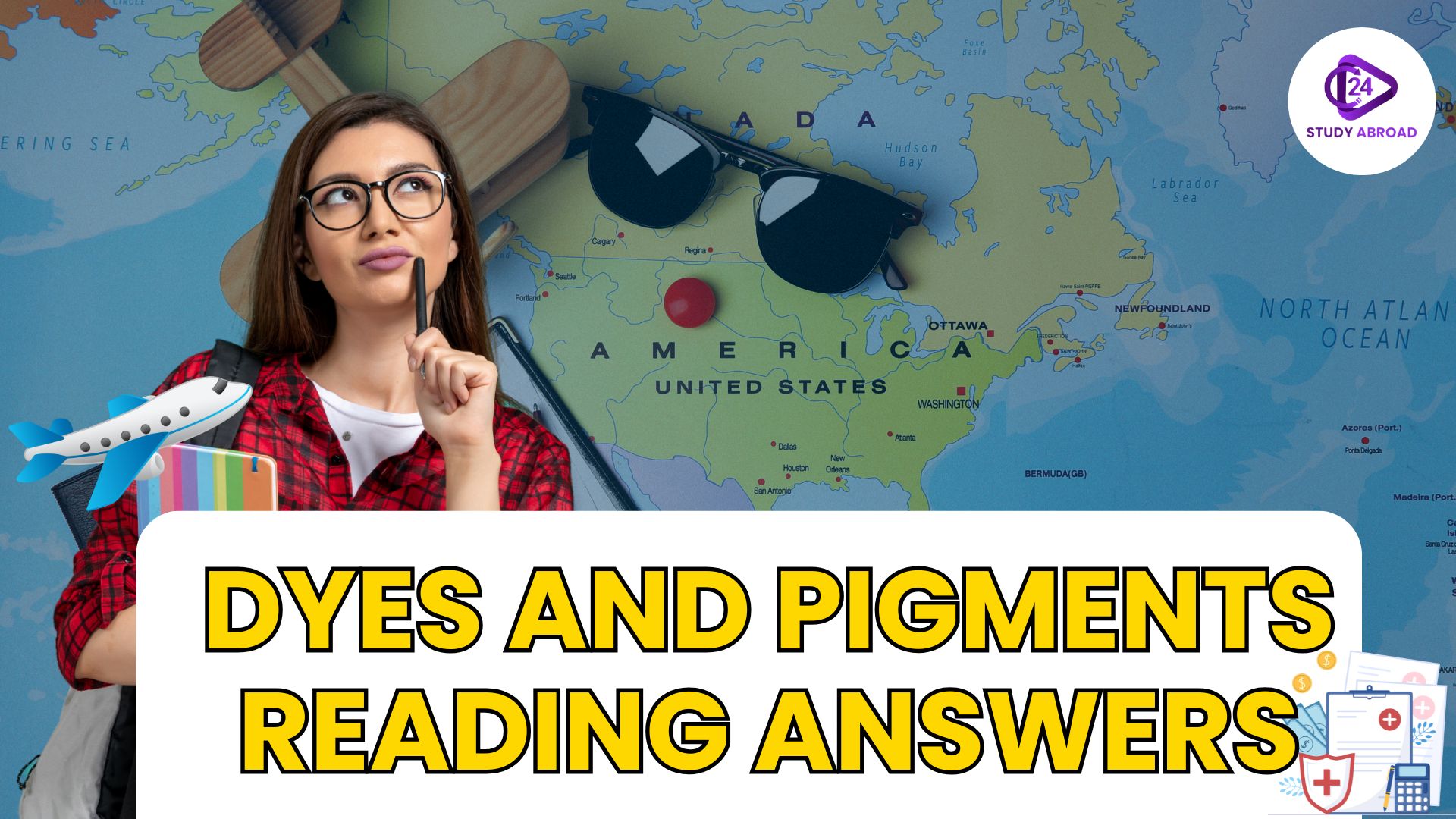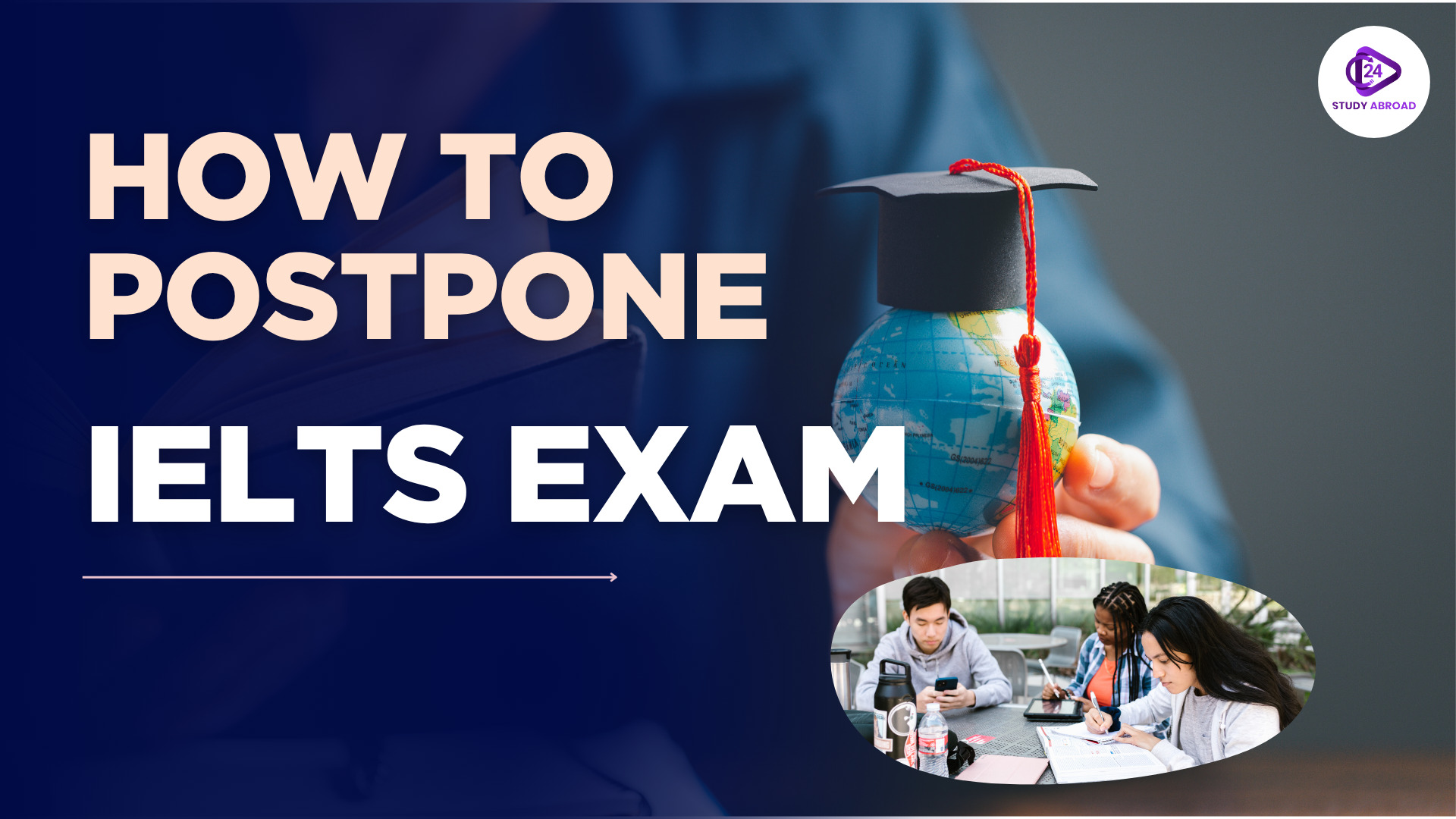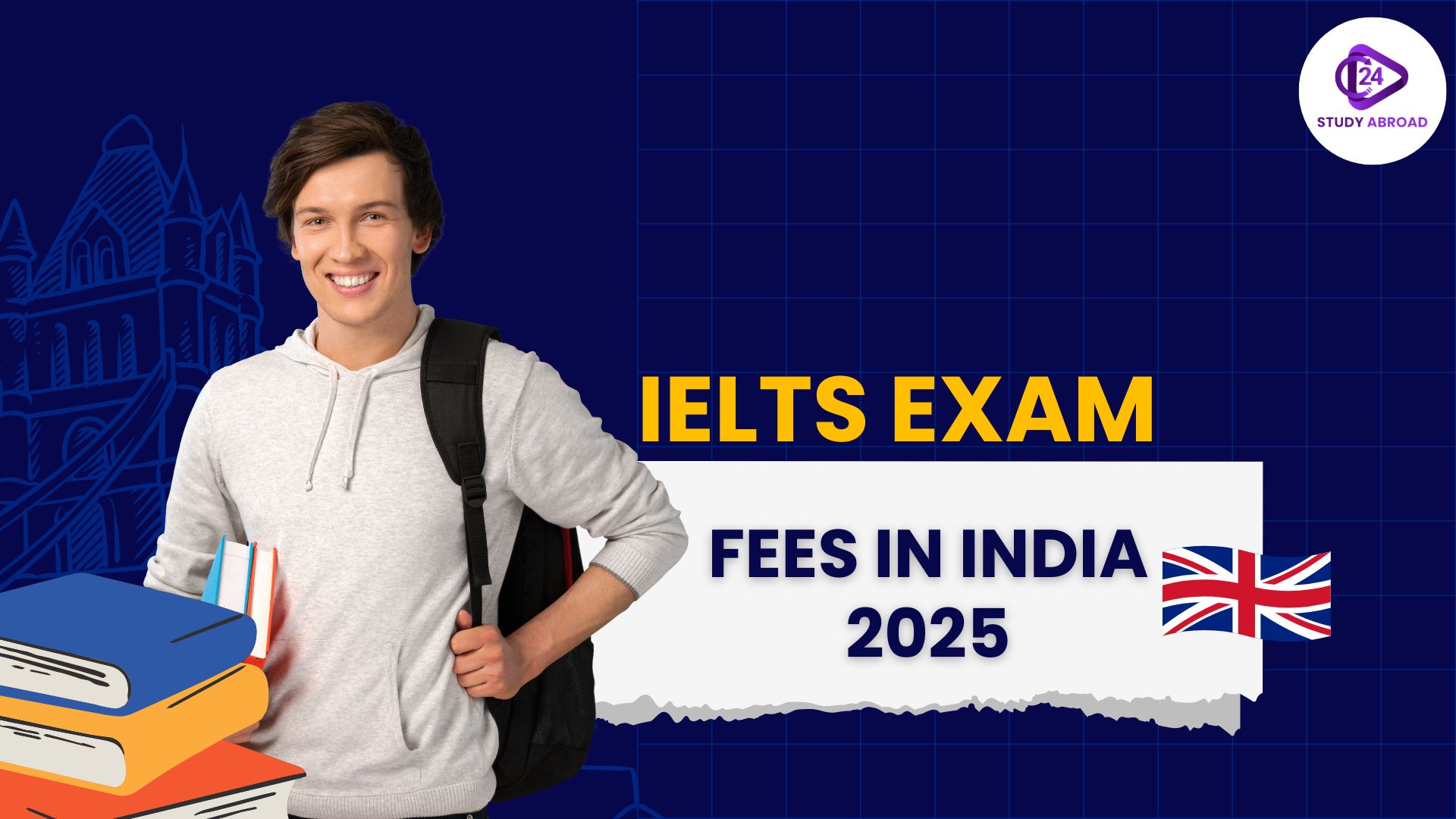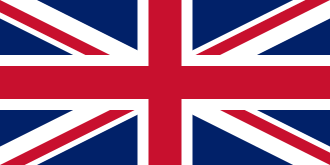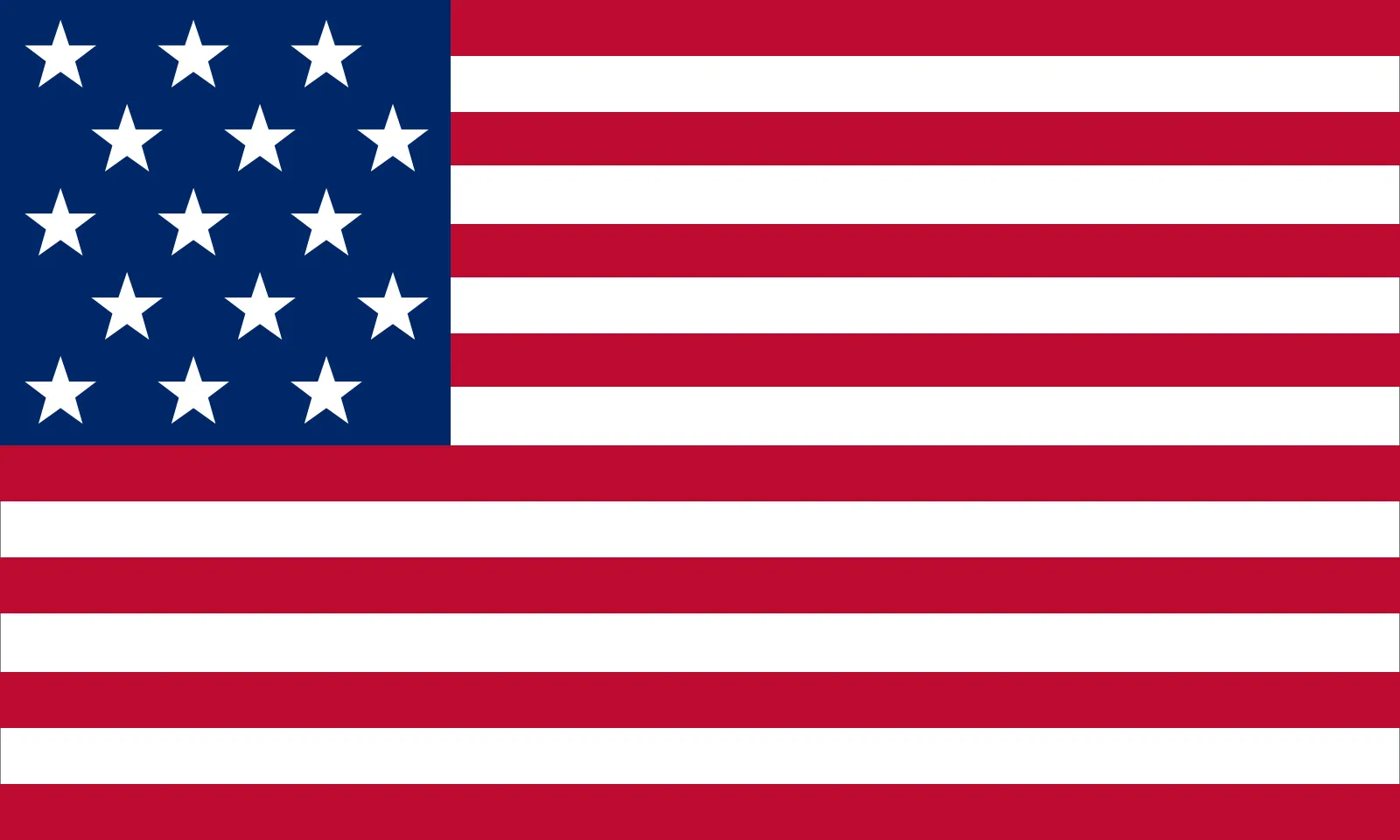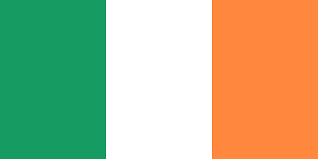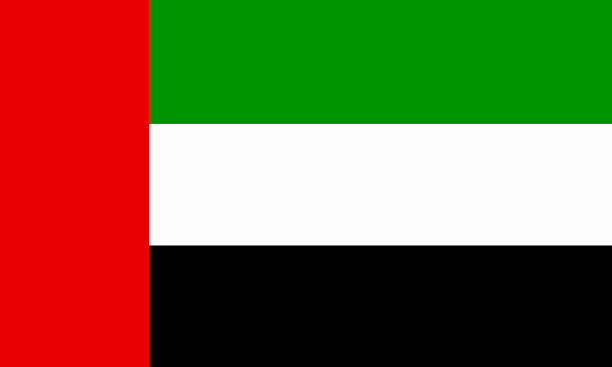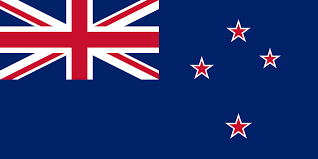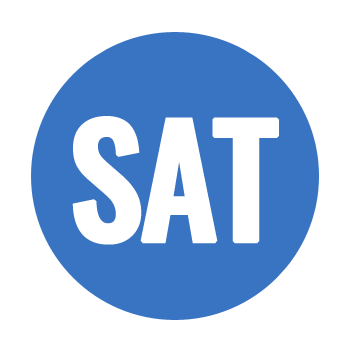IELTS reading passage on dyes and pigments reading answers is a very interesting subject that is commonly found in both the IELTS Academic and General training examinations. The present article is a detailed analysis of the Dyes and Pigments reading textual passage that will give an understanding of its structure, major themes, and approaches to answering the questions on it. This article is intended to help you, as you strive to pass the IELTS exam or want to know more about historical and scientific aspects of dyes and pigments.
Also Read: Hello happiness ielts reading answer
Dyes and Pigments Reading Answers Overview
IELTS Dyes and Pigments Reading Answers is usually an historical, scientific and cultural perspective of colorants in textiles, art and industries. These texts can contain difficult words and rich material that puts candidates into the test of understanding and analyzing texts. The subject can include both natural and synthetic dyes, their chemical characteristics and their effects to the society and trade.
Key themes in the IELTS reading passage on Dyes and Pigments Reading Answers include:
- Historical Development: The change of natural sources of dyes such as plants and insects to natural synthetic dyes.
- Scientific Processes: The science involved in dyes and pigments such as methods of using dyes and pigments in fabrics and fabrics.
- Cultural Impact: The effects of the dyes in the trade, fashion and art across the civilisations.
- Environmental Concerns: Synthetic dyes and the green way of doing things and its effects on nature.
Also Read: Eco tourism reading answers
Key Differences Between Dyes and Pigments
Key Differences Between Dyes and Pigments are;
| Aspect | Dyes | Pigments |
| Definition | Soluble colorants that bond chemically | Insoluble particles that sit on surfaces |
| Application | Textiles, food, cosmetics | Paints, inks, plastics |
| Source | Natural (e.g., indigo) or synthetic | Natural (e.g., ochre) or synthetic |
| Durability | May fade with washing or light exposure | Generally more resistant to fading |
This table helps candidates quickly grasp the distinctions, which are often tested in IELTS reading answers for pigment usage.
Also Read: How to Postpone IELTS Exam
History of dyes and pigments reading answers Explanation
History of dyes IELTS reading explanation shows how ancient cultures used available natural sources to develop new-fangled colors. As examples, the Egyptians dyes included indigo, and the Romans valued Tyrian purple, which was obtained using sea snails. Not only were these dyes aesthetically important, but also economically important, powering “trade routes such as the Silk Road”.
The invention of synthetic dyes changed the industry in the 19 th century. The accidental discovery of mauveine by William Perkin in 1856 was a turning point, and bright colours became available and cheap. The IELTS reading passage on Dyes and Pigments commonly contains such historical markers, in which a candidate is asked to recognize date, event, or its consequences.
Key Historical Milestones in Dyes
- 3000 BCE: The Egyptians utilise vegetal dye such as henna.
- 146 BCE: A Tyrian purple wears great riches and status as a Roman.
- 1856 CE: the first synthetic dye is found, mauveine, by William Perkin.
- 20th Century: Synthetics dyes take over, and environmental worries ensue.
Learning these milestones will help in providing answers regarding the History of dyes IELTS reading explanation including matching headings or filling in summaries.
How to Solve Dyes and Pigments Reading Answers
To excel in the IELTS reading passage on fabric dyes, candidates must employ effective strategies. Here’s a step-by-step guide to tackle such passages:
- Skimming: Read through the passage and know what it is about and basics of the passage. Use such keywords as natural dyes, synthetic dyes or textile industry.
- Name Question Types: These are: True/False/Not Given, matching headings, and sentence completion. Identify them in order to spend time wisely.
- Search out Key words: Search the keywords such as colorant, pigment, or dyeing process to track the areas of inquiry in IELTS reading answers, pigment usage.
- Active Reading: Concentrate on parts of the text referring to certain questions, underline important terms or date.
- Contextual Clues: Read surrounding sentence and deduce word meanings. As another example, the term, mordant could be described as a dye fixing substance.
Common Question Types in Dyes and Pigments Reading Answers
Common Question Types in Dyes and Pigments Passage are;
| Question Type | Percentage in IELTS Reading | Strategy |
| True/False/Not Given | 30% | Compare statements with passage facts |
| Matching Headings | 25% | Identify main ideas per paragraph |
| Sentence Completion | 20% | Scan for exact phrases or synonyms |
| Multiple Choice | 15% | Eliminate incorrect options |
| Summary Completion | 10% | Use word banks or passage clues |
This data, based on typical IELTS patterns, helps candidates prioritize their preparation for How to solve IELTS reading passage on fabric dyes.
Also Read: How to Start IELTS Journey from Beginning
What Are the IELTS Dyes and Pigments Reading Answers?
The IELTS reading answers for Dyes and Pigments depend on the passage’s specific content but often involve:
- Fact Question: That which requires the recognition of a date, a name or a process (e.g. Who discovered mauveine? Answer: William Perkin).
- Vocabulary Questions: The meaning of such words as mordant or chromophore.
- Inference Questions: What one is reading between the lines, like the economical effect of dyes.
- Matching Questions: The correlation between the events of history with their consequences or dyes with their origin.
The only way to get the correct IELTS reading answers for Dyes and Pigments is by looking at sample passages and comparing answers to official IELTS resources. Sites such as ielts.org give you Real practice tests which will perfect you.
How to Approach Dyes and Pigments Reading Answers
Approaching the IELTS reading on colorants requires a blend of speed, accuracy, and comprehension. Here are expert tips:
- Time Management: You will need 20 minutes per passage leaving room to check you answers.
- Focus on simple questions: Do what is simple to do first: solve the simple questions, such as sentence completion, leaving the difficult ones last: True/False/Not Given.
- Practise Skimming and Scanning: Skimming and scanning to find the answers to IELTS reading on pigment usage can be practised by using practice tests.
- Synonyms: Watch out to notice that IELTS tests are fond of using paraphrasing and you have to synonyms (such as: dye\colorant).
- Mistakes Review: Mistakes of the wrong answer on practice tests shouldn’t be repeated to avoid.
Through these guidelines, the candidates have no problem passing through the IELTS reading on colorants and improving their band scores.
Conclusion
The best way to master the IELTS reading passage on Dyes and Pigments is to know the themes of the passage, develop effective strategies in reading as well as get to know the types of questions asked. With the help of the tips, data, and strategies presented in the guide, you can successfully ask questions concerning the History of dyes IELTS reading explanation and IELTS reading answers for pigment usage. After a few tries and learning How to solve IELTS reading passage on fabric dyes, you should also be fully prepared to reach a high band score. Navigate into the colorful environment of colors and pigments and make your IELTS preparation shine!
Dyes and Pigments Reading Answers FAQs
What is IELTS Reading passage on Dyes and Pigments about?
The text generally examines the history, science and cultural importance of dyes and pigments, both natural and man-made, their uses, and their effect on the environment.
How do I sharpen my ability to solve IELTS reading passage on dyes in fabrics?
Train yourself in skimming, scanning and working on key words and have a thorough look at official IELTS practice material to get well acquainted with types of questions and vocabulary.
Which kinds of questions do we find in the reading passage about dyes and pigments?
Some common types of questions are True/False/Not Given as well as matching headings, sentence completion and multiple choice questions.
What is the importance of learning about the history of dyes that relate to the IELTS reading?
Factual and inferences based questions usually give preference to related historical context, which enables the candidate to pass with a good score knowing important events and their meanings.
What are good practice tests of the IELTS reading on colorants?
The real practice tests in IELTS may be found in official websites such as the ielts.org or credible websites such as Cambridge IELTS with passages resembling Dyes and Pigments.
